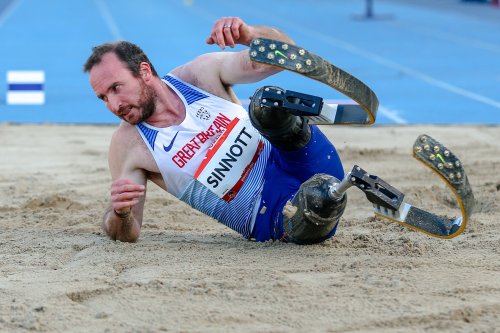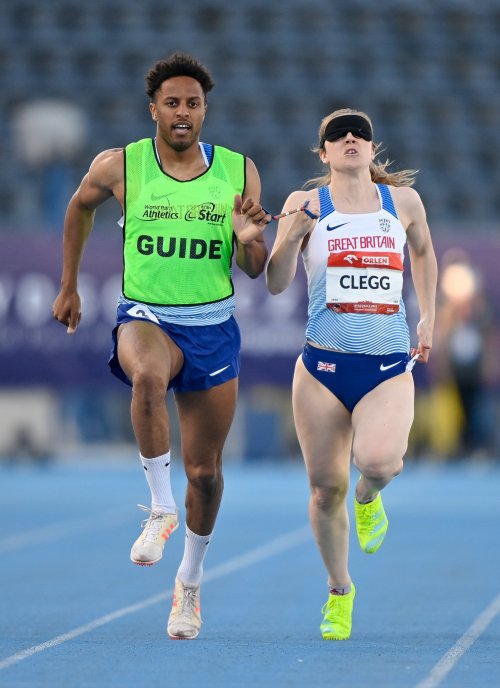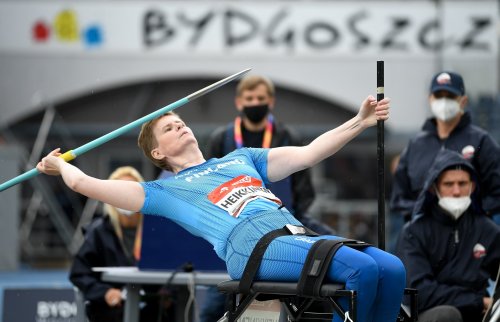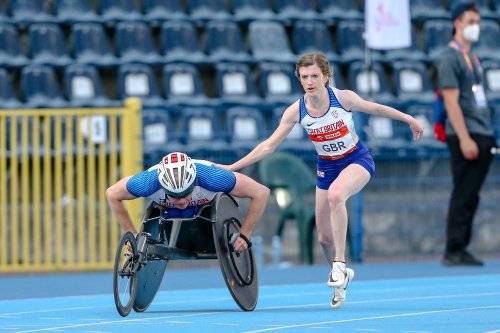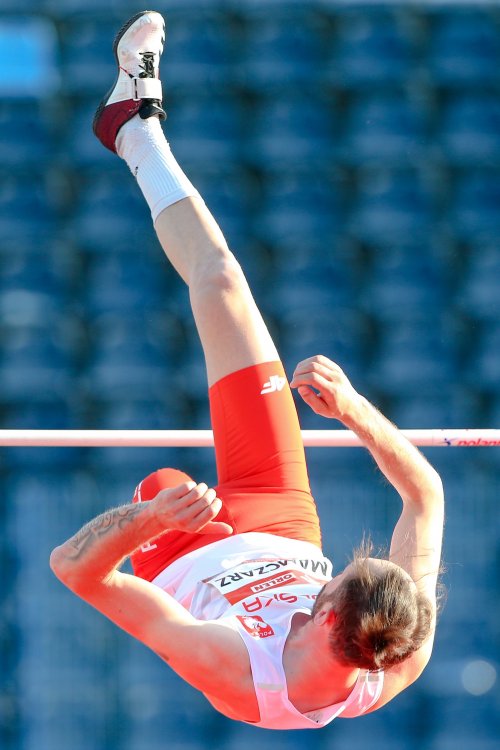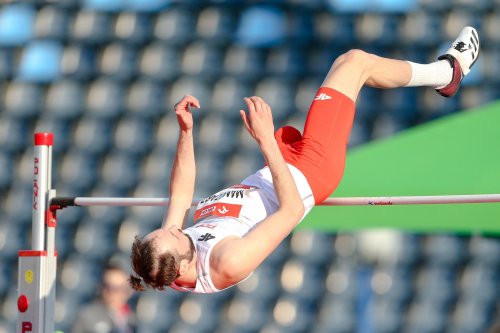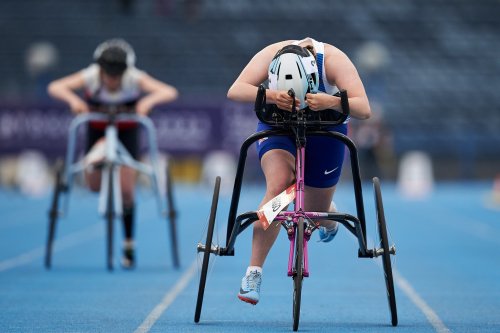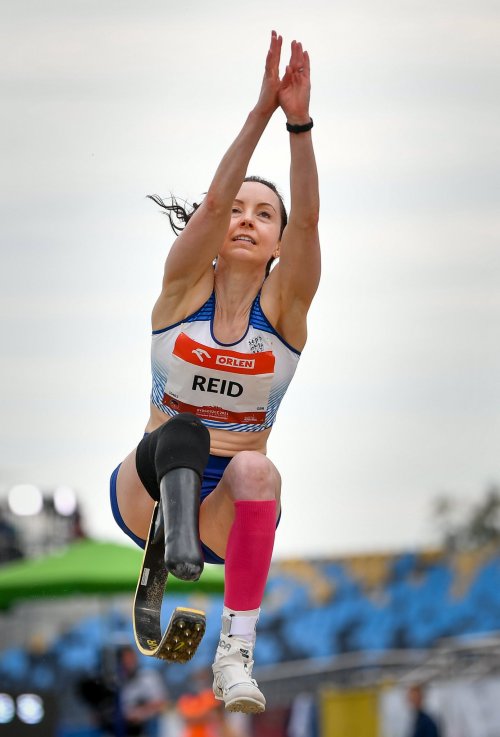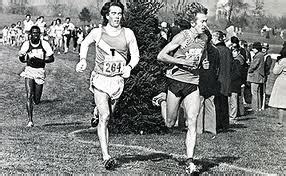British Soldier Luke Sinnott lost his legs to an IED in Afghanistan. Now he is a long jumper, photo by IPC
Libby Clegg running with a guide, photo by IPC
Vanessa Wallace sits and holds on as she puts the shot, photo by IPC
Marjaana Heikkinen – the Finns are good with javelins, photo by IPC
This is a tremendously important piece on disability sport. Read it and pass it around, please.
The Universal relay is 4 athletes with different disabilities combining, photo by IPC
Lukasz Mamczarz of Poland, a leg-amputee, jumped 1.75m, photo 1 by IPC
Lukasz Mamczarz of Poland, a leg-amputee, jumped 1.75m, photo 2 by IPC
Ten things you need to know about disability sport
1 Disabled athletes are athletes.
2 Para athletes achieve excellence because they have talent and train hard – just like so called “able bodied” athletes.
3 The range and diversity of para-athletics is astonishing.
4 Every para-athlete has a back-story.
5 One size does not fit all – some were born disabled, others experienced a life changing accident.
6 Admire the para-athletes but don’t feel sorry for them.
7 Some disciplines require real courage alongside skill – blind long jumpers sprint down the runway and take literally a leap into the dark.
8 Classifications are complex but are necessary to create a level playing field for athletes of differing levels of disability. You don’t need to know how a T47 is different from a T34to enjoy the sport.
9 The standard is low in some disciplines but para-athletics is relatively young compared to non-disabled athletics.
10 Your experience of our sport is incomplete if you’ve never attended a para-athletics meet?
The following pictures from the recent European Para Athletics Championships illustrate the point.
Kayleigh Haggo set a WR of 18.10 in race-running 100m: “Race-running is a tricycle with no pedals. It’s got two back wheels and one front wheel. It’s got a chest plate to hold me up and handlebars. I sit on the seat and hold on to the handlebars and run with my legs which means that I don’t need to worry about falling over. I can just run”.
Stef Reid amputee long-jumper: “‘ What’s it like taking off a blade?’ It’s one part fun & one part terrifying. Fun because when you hit it, you fly! Terrifying because you put all your trust in something you can’t feel. The challenge is to both let go and take charge”.
Author

Since 2015, Stuart Weir has written for RunBlogRun. He attends about 20 events a year including all most global championships and Diamond Leagues. He enjoys finding the quirky and obscure story.
View all posts

